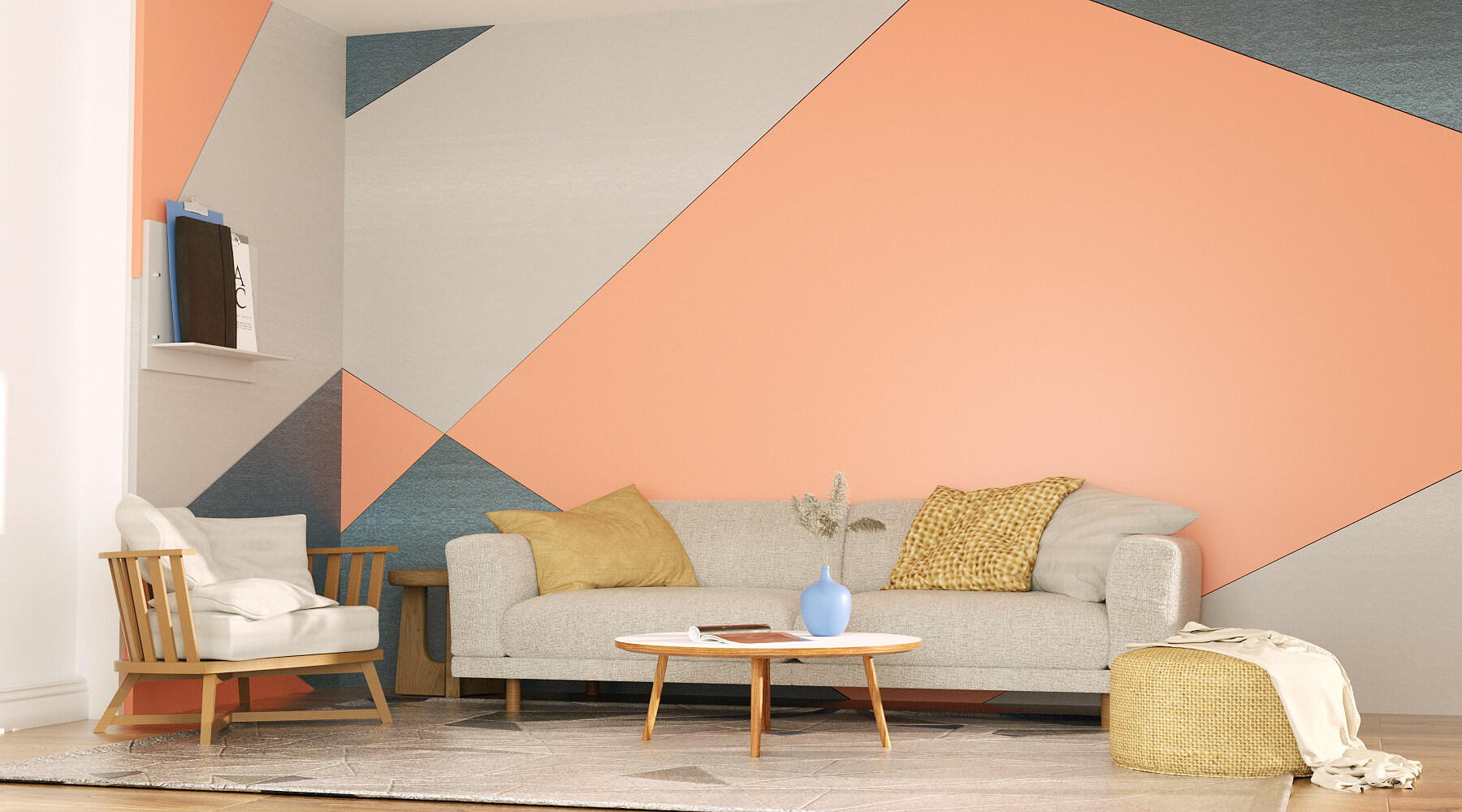The booming noise of city life can be a blessing and a curse. It’s wonderful to feel alive and connected, but it can also lead to uncontrolled distractions that make it hard to focus and rest. There are a few ways you can help yourself deal with the noise in your home so that you can sleep better, whether you live in the city or a quieter area.
Why are sound panels important?
Sound panels are important for blocking and absorbing noise at home. Not only do they reduce the noise levels in your home, but they can also be decorative features that enhance your décor. Sound panels come in many different shapes and sizes, so there’s bound to be one that will fit your needs.
Types of Sound Absorbing Panels
If you’re looking to reduce the noise levels at home, there are a number of different options available. Some of these include sound-absorbing panels, acoustic foam, and soundproofing.
1. Sound Absorbing Panels for home
One popular way to reduce noise levels is by using sound-absorbing panels. These panels are made up of a variety of materials, including fabrics, plastics, and foam, and they can be used to block out noise from both inside and outside the home.
2. Acoustic Foam
Another option is acoustic foam. This is a type of insulation that’s designed to absorb sound. It can be used to reduce noise from both outside and inside the home, and it can also be used to deaden sound during construction or renovation projects.
3. Soundproofing
If you’re looking for a more permanent solution, soundproofing may be the best option for you. This type of insulation typically uses heavy-duty materials like gypsum board and concrete, and it can help reduce noise levels by up to 80%.
Which Features to Look for in a Sound Panel
Sound panels come in a variety of shapes and sizes, but all of them have one thing in common – they are designed to block noise and absorb sound.
When looking for the perfect sound panel, you should consider the features that are important to you. Some of the features to look for include:
Construction: Sound panels are made from different materials, so you should decide what kind of edge protection you need. The panels can be made from cardboard, plastic, fabric, or metal.
Features: You also want to make sure that the panel has the features that you need. Some panels have ports specifically designed to block noise and other sounds, while others have mesh screens that let you see if there is a bug on the wall.
Price: Finally, you want to determine how much the panel will cost. This includes installation costs and any extra parts or accessories that are required for your specific application. Finally, you want to determine how much the panel will cost. This includes installation costs and any extra parts or accessories that are required for your specific application.


